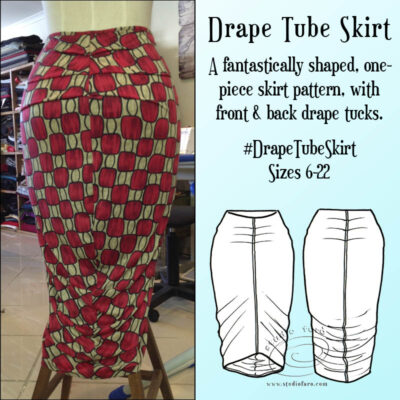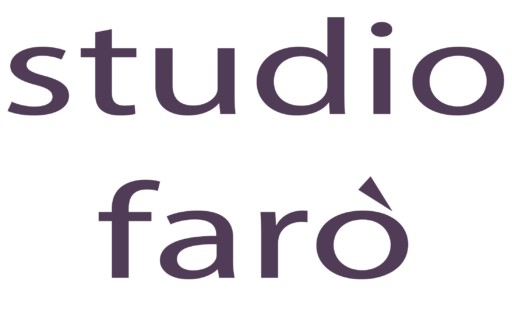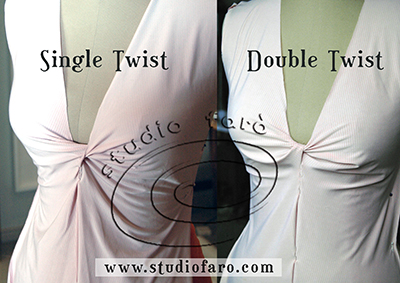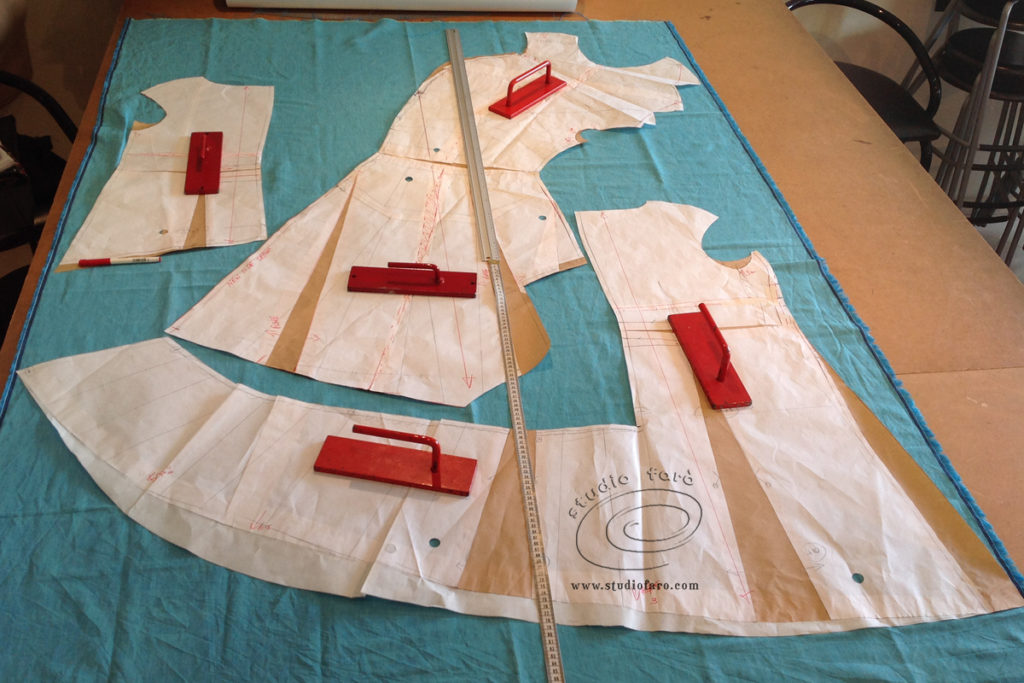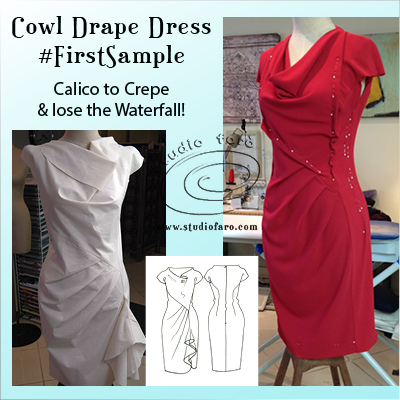28 Apr Drape Tube Skirt – Sewing Tips
Posted at 14:17h
in Garment Construction, Pattern Puzzle Sewing Patterns, Sewing patterns, Stretch Patterns
0 Comments
The beauty of this stretch, ponti skirt is the simplicity of its make. The Drape Tube Skirt pattern has only two pieces: one main pattern piece for the front and back skirt, and one for the narrow waistband. And for the sewing, there are the drape tucks, two seams, a waistband and a hem to worry about. Be sure to clearly mark the width of the drape tucks and be aware they need to be sewn about 2.5cm (1") into the skirt to make sure they behave well when you wear your skirt.
